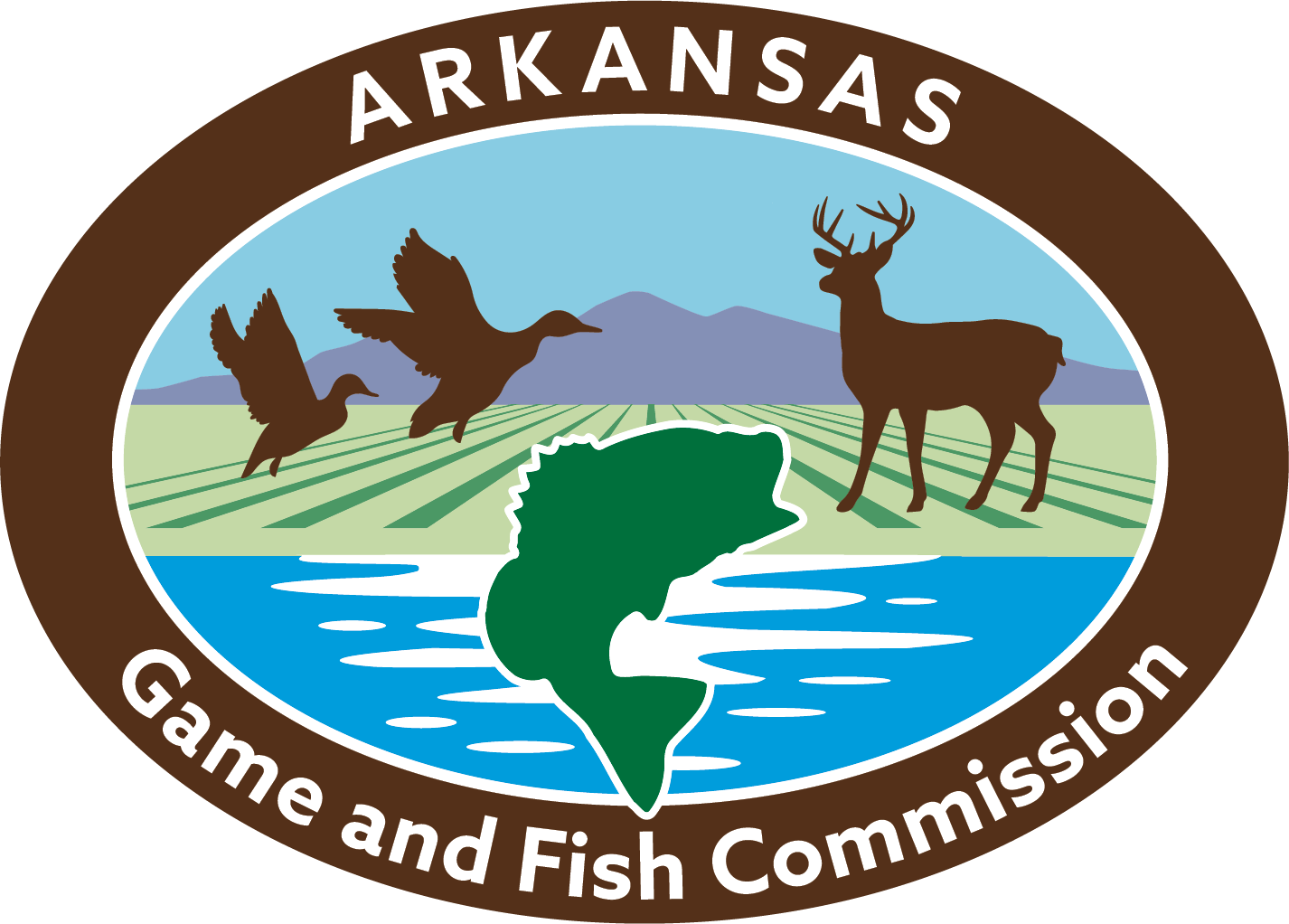
April 18, 2017
Randy Zellers Assistant Chief of Communications
ARKADELPHIA – Nearly 100 cedar trees destined for the burn pile were repurposed as fish habitat at DeGray Lake, thanks to an innovative partnership between the Arkansas Game and Fish Commission’s Black Bass Program and Henderson State University’s Biology Club and Fishing Team in March.
“In speaking with Allen Leible at the Simonson Biological Field Station run by the university, we had learned that the station was going to be removing a bunch of cedar trees from their property on the shore of the lake for wildlife habitat improvement,” said Colton Dennis, Black Bass Program coordinator for the AGFC. “He had said they had planned to just pile them up and burn them, but we were able to work together to create some great fish habitat as well. It’s a good win/win for wildlife management and fisheries management.”
Eastern redcedars, the trees being placed in the habitat sites, provide excellent complex cover for a variety of fish.
“Christmas trees typically don’t last very long, but these cedars can last four to seven years as long as they stay inundated with water,” Dennis said. “They have very dense branches that provide small spaces baitfish need to hide in. Larger predator fish also are attracted to them to pick off the occasional baitfish that gets too far from cover, and they use the larger branches and trunks as ambush points.”
Dennis says the key to creating brush piles out of cedars is to place them in large piles of 10 to 12 trees. The trunks last much longer than the branches, and still provide excellent cover many years after the smaller structure has decomposed.
“You also want to place your weights at the trunks of the trees, so they will sit higher in the water column,” Dennis said. “These trees were all 10 to 15 feet tall, so that gives a lot of shelter for a variety of fish throughout the water column.”
Dennis says the black bass program is scheduled to visit with the field station again this fall to add even more cover to DeGray Lake.
